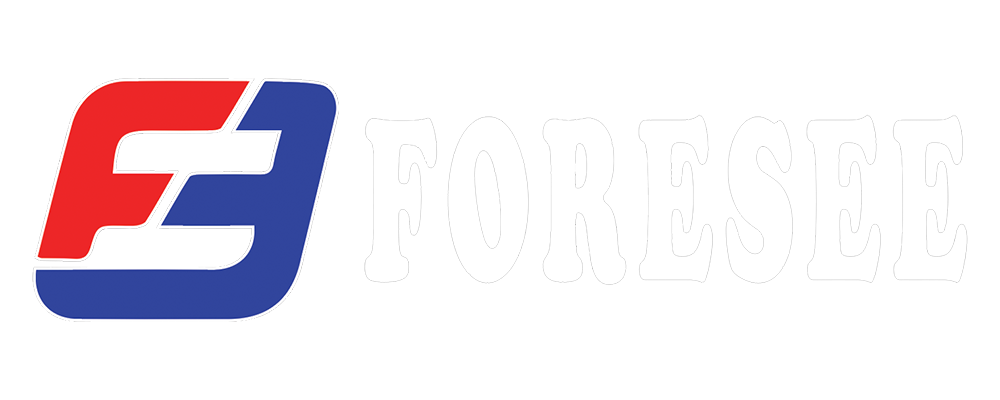Troubleshooting welding problems involves identifying specific issues and systematically addressing them. Here's a more detailed guide:
1. Porosity
- Causes: Contaminants (oil, rust, moisture), improper shielding gas flow, or drafty conditions.
- Fix: Clean materials thoroughly, inspect hoses for leaks, ensure consistent gas flow, and protect the weld area from wind.
2. Undercut
- Causes: Excessive voltage, fast travel speed, or poor electrode angle.
- Fix: Lower voltage, reduce travel speed, and adjust the torch angle to ensure better metal deposition at the joint.
3. Cracks
- Causes: Residual stresses, rapid cooling, or incompatible filler materials.
- Fix: Preheat thicker sections, use proper post-weld heat treatment, and select compatible filler metal.
4. Incomplete Fusion
- Causes: Insufficient heat input, improper joint preparation, or poor technique.
- Fix: Increase amperage or voltage, improve joint preparation (e.g., beveling edges), and maintain a consistent arc length.
5. Spatter
- Causes: Excessive amperage, improper shielding gas, or incorrect stick-out length.
- Fix: Adjust amperage, use a gas mix suitable for the welding process, and maintain a 3/8”–1/2” electrode stick-out.
6. Burn-Through
- Causes: Excessive heat input or thin base material.
- Fix: Lower amperage, use smaller diameter electrodes, and employ intermittent welding techniques.
7. Weld Appearance Issues (e.g., irregular bead)
- Causes: Inconsistent travel speed or poor torch control.
- Fix: Practice maintaining a steady pace and angle, ensuring uniform deposition.
8. Excessive Slag
- Causes: Incorrect flux or excessive electrode stick-out.
- Fix: Use the appropriate electrode, keep a short arc length, and chip off slag after each pass.
9. Lack of Penetration
- Causes: Low amperage, poor joint design, or fast travel speed.
- Fix: Increase amperage, modify joint design for accessibility, and slow down to allow heat penetration.
Routine maintenance of welding equipment, proper material preparation, and adherence to welding procedures can significantly minimize these problems.

Recent post